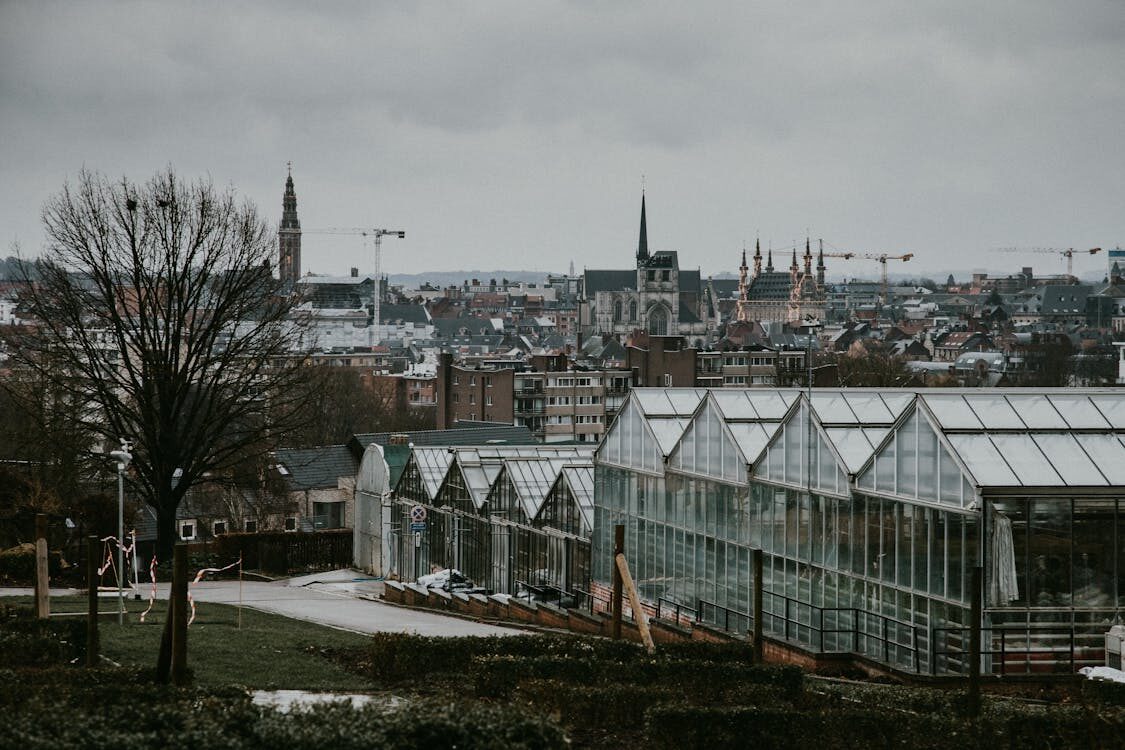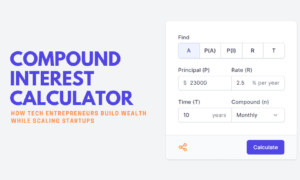The agricultural industry is witnessing a notable shift towards sustainability, with greenhouses at the forefront of this movement. Investors, always in search of innovative opportunities, are increasingly keen on projects that promise both environmental benefits and substantial returns.
Sustainable greenhouses, designed to maximize efficiency while minimizing environmental impacts, are capturing the attention of forward-thinking investors who recognize the value of green technologies in agriculture. As the push for sustainable practices intensifies, these modern structures are set to play a crucial role in shaping the future of farming.
The Rise of Sustainable Greenhouse Designs
Sustainable greenhouse designs prioritize energy efficiency, water conservation, and reduced waste. Incorporating renewable energy sources like solar panels and wind turbines not only lowers operational costs but also aligns with global efforts to transition towards greener energy solutions. With modern greenhouse designs, builders can integrate advanced systems such as hydroponics and vertical farming, which provide optimal growing conditions for crops while utilizing minimal space. This innovation appeals to investors interested in maximizing yield from limited resources and minimizing their ecological footprint.
As environmental concerns continue to rise, the demand for greenhouses that operate with sustainable practices is increasing. These structures are not just focused on efficiency but also on preserving local ecosystems and reducing their carbon footprint. New technologies, such as climate-controlled systems, allow for year-round growing, making agriculture more resilient to unpredictable weather patterns.
Economic Incentives for Investors
Investing in sustainable greenhouses offers a variety of economic benefits that attract investors. The demand for organic produce has skyrocketed in recent years, encouraging farmers to adopt more sustainable practices to meet consumer preferences.
Investors are drawn to the prospects of profitable returns as consumers increasingly prioritize high-quality, environmentally friendly products. Various funding programs and tax incentives for green projects further incentivize investment in sustainable agricultural ventures. These financial benefits not only support greenhouse operations but also enhance overall long-term sustainability.
Technological Innovations Driving Sustainability
Advanced technologies are transforming greenhouse operations, making them more efficient and sustainable. Smart sensors and climate control systems monitor real-time conditions within the greenhouse, ensuring optimal growth conditions while minimizing resource waste.
Techniques such as data analytics and AI can predict crop needs, leading to better decision-making and resource usage. Investors recognize that embracing technology is critical to enhancing productivity and sustainability in agriculture, making cutting-edge greenhouses particularly appealing.
Automated systems can manage irrigation and nutrient delivery, further reducing waste and improving crop yields. The integration of renewable energy sources, such as solar power and wind energy, allows for more self-sustaining greenhouse operations, reducing reliance on external power grids. Innovations in LED lighting also contribute to energy savings by providing the precise light spectrum needed for plant growth without unnecessary energy consumption.
Consumer Demand for Green Products
The rising consumer demand for locally sourced and organic products is propelling growth in sustainable greenhouse farming. People are becoming increasingly conscientious about their food sources and prefer produce grown in environmentally friendly ways. This shift in consumer behavior is a significant factor attracting investors, as it creates a lucrative market for products from sustainable greenhouses. Investors may support a new wave of profitable and environmentally friendly agriculture techniques by establishing themselves in this industry.
The growing interest in sustainability is driving the popularity of organic produce, as consumers seek healthier and more eco-conscious choices. Greenhouse farming can meet this demand by providing fresh, pesticide-free products year-round, irrespective of seasonal fluctuations. With concerns over food security and the carbon footprint associated with long-distance food transportation, consumers are increasingly turning to local greenhouse-grown produce.
Image source:https://pixabay.com/photos/cucumbers-bloom-5268692/
The Role of Policy in Shaping Investments
Government policies play a major role in shaping investment landscapes for sustainable agriculture. Many nations are implementing regulations and support mechanisms that promote sustainable farming practices. Policymakers assist investors reduce risk by giving green initiatives grants and subsidies. These supportive frameworks create a more inviting environment for investment in greenhouse agriculture. As sustainability becomes a priority worldwide, policies will likely evolve to support and stimulate further investment in green technologies.
Incentives like tax breaks and subsidies for using renewable energy in greenhouses can significantly lower operating costs, making it easier for businesses to adopt sustainable practices. Policies encouraging carbon reduction targets are also motivating businesses to integrate eco-friendly technologies, knowing that the long-term savings and benefits will outweigh initial investments. Some governments are offering funding and support for research and development in sustainable agriculture, paving the way for innovation.
Successful Case Studies in Sustainable Greenhouses
Examining successful case studies of sustainable greenhouses offers valuable insights for potential investors. Numerous projects around the world showcase the benefits of sustainable practices and the profitability they can generate.
Many urban farms have successfully adopted greenhouse models to produce fresh, local food while reducing their carbon footprint. Investors may assess the possible return on investment and the wider effects of sustainable greenhouse efforts by examining these success examples.
Through innovative designs, economic incentives, technological advancements, shifting consumer demands, supportive policies, and real-world examples, the attraction of sustainable greenhouses becomes increasingly clear. Investors are finding opportunities that not only promise financial returns but also contribute positively to the environment.



































